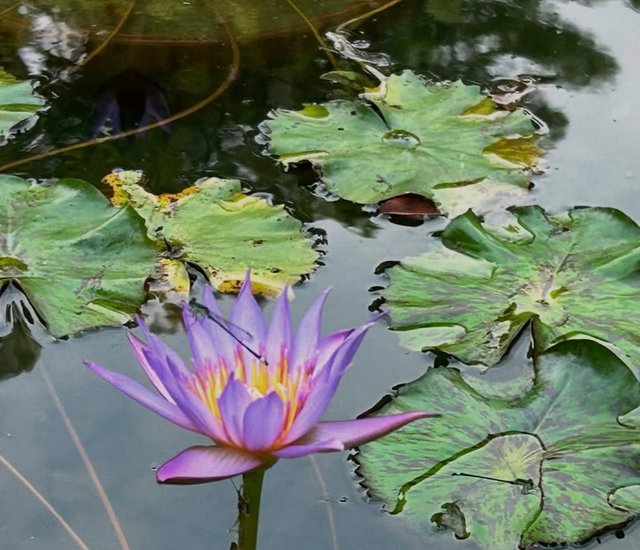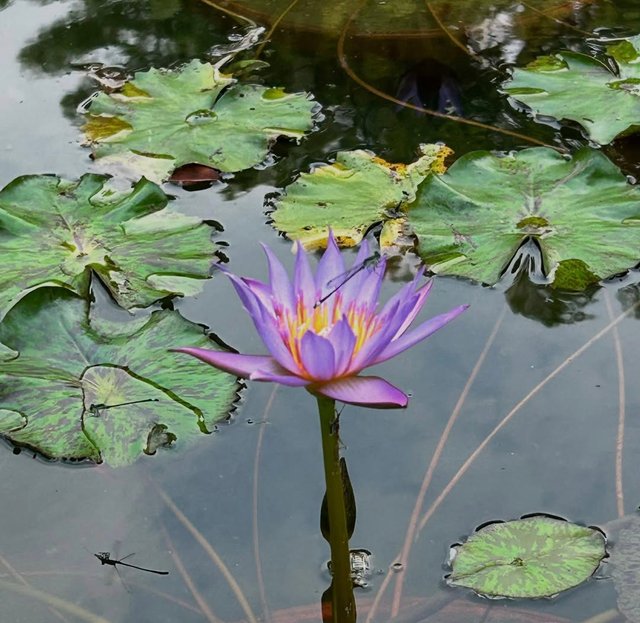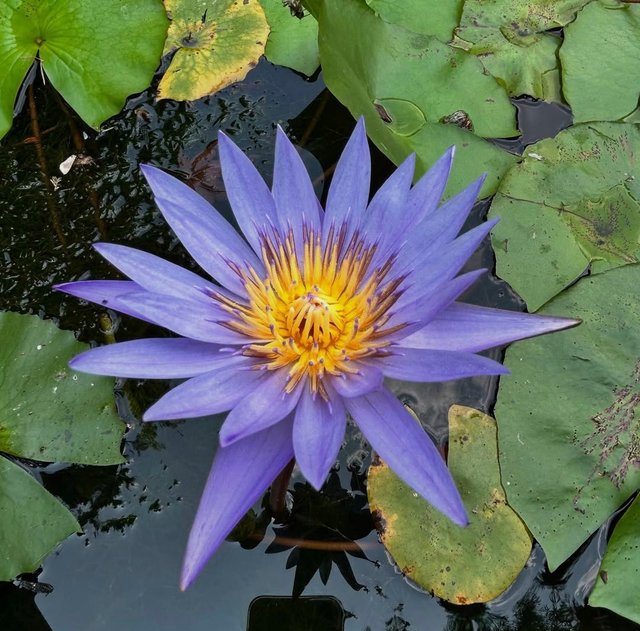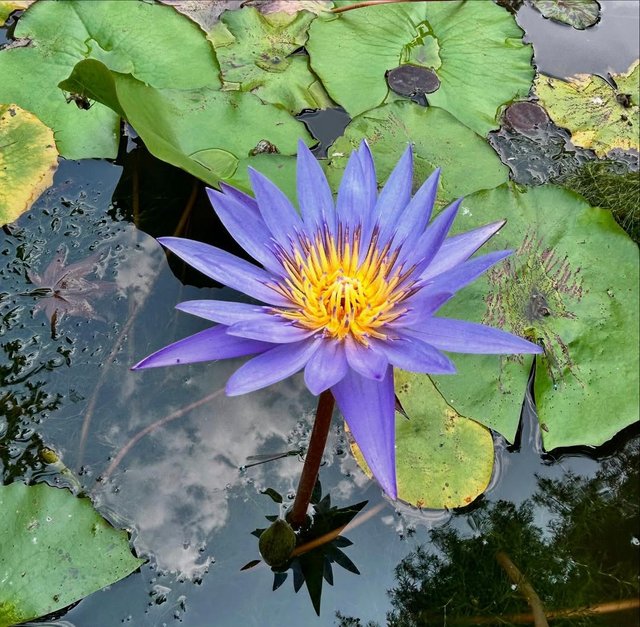Water Lily Flower
The Water Lily Flower is one of the most enchanting aquatic plants found in freshwater habitats such as ponds, lakes, and slow-moving rivers across tropical and temperate regions of the world. Known for its large floating leaves and exquisite blossoms, the water lily has been admired for centuries as a symbol of purity, rebirth, and spiritual enlightenment in many cultures. Its flowers are typically large, showy, and come in a variety of colors including white, pink, yellow, red, and blue depending on the species, and they are often fragrant, attracting pollinators like beetles, flies, and bees. The water lily’s leaves are round, flat, and leathery with a slit from the edge to the center, enabling them to float on the water surface while providing shade for aquatic life below and reducing the growth of algae.
This plant’s unique adaptation allows its long stems to anchor in the muddy bottom while supporting floating foliage and flowers above the surface, creating a balance in aquatic ecosystems.Water lilies have played a significant role in art, culture, and religion throughout history. In ancient Egypt, the blue water lily (Nymphaea caerulea) was sacred and associated with the sun god Ra, often depicted in hieroglyphs and temple carvings, symbolizing rebirth as the flower closes at night and reopens at dawn. In Buddhism and Hinduism, water lilies, often compared to the lotus, represent spiritual awakening and purity rising above murky waters.
Their beauty has also inspired countless works of art, most famously Claude Monet’s Water Lilies series, which captured the tranquil charm of these flowers. Beyond symbolism, water lilies have ecological and practical benefits, providing habitat for aquatic organisms, shelter for fish, and helping to stabilize water temperatures.There are around 60 recognized species of water lilies under the genus Nymphaea, with hybrids and cultivars widely cultivated for ornamental purposes in garden ponds and aquariums. Some species like Victoria amazonica, known as the giant water lily, produce massive leaves reaching up to 3 meters in diameter and striking flowers that change color from white to pink after pollination. Water lilies require still or slow-moving water, abundant sunlight, and nutrient-rich soils to thrive, and they are often propagated through rhizomes or tubers planted beneath the water.*



